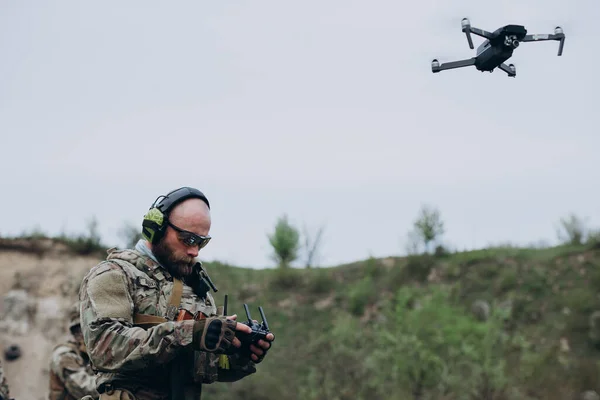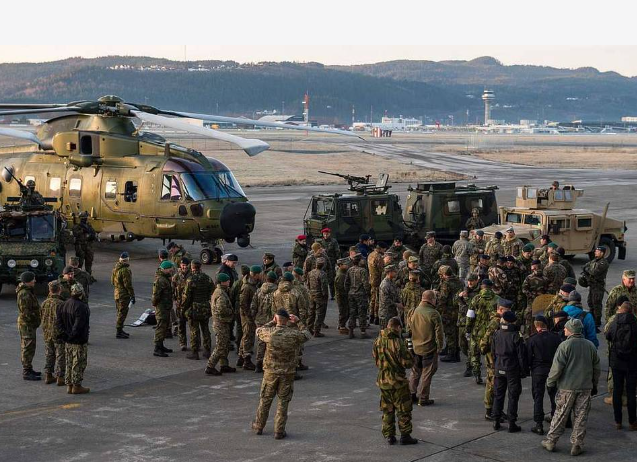
NATO’s eastern flank is not afraid of tanks, it is afraid of the silent, invisible first strike. According to Matthew Whitaker, U.S. ambassador to NATO, “the first shot of the next war is not going to be tanks through the Suwalki Gap. It’s going to be a cyberattack. It’s going to be knocking out airports or critical infrastructure.” That change to the first act of war is what is forcing Latvia, Estonia, and Lithuania to rebuild their defenses from the ground up, combining old-fashioned fortification with state-of-the-art surveillance and cyber robustness.

1. The Reality of the Hybrid War
Russian sabotage and subversion campaign has surged abruptly, with attacks in Europe almost tripling from 2023 to 2024. Transportation, government, critical, and industry targets have been attacked by the GRU and other agencies, frequently with deniable tactics anchors cutting undersea cables, cyber attacks bringing down networks, and drones breaching air space. Russian cyber attacks on the NATO countries jumped 25% last year, said Microsoft, with the government systems the most targeted. The attacks highlight the concern at NATO that future wars will start at the “grey zone” before open combat.

2. The Riga Civil Defense
In the capital city, Riga, hundreds of shelters now bear green “patvertne” signs. The municipality has inventoried 402 potential shelters, to retrofit 141 with ventilation, secondary egress, water, and sewerage minimum but necessary services for longer-term refuge. EU and municipal funds of more than €15 million will finance these upgrades, with capacity for up to 192,400 persons, some 30% of the populace of Riga. Part of an extended Baltic civil defense system linking the capital cities of Riga, Tallinn, and Vilnius for cross-emergency response, this is the latest endeavor.

3. Engineering the Baltic Defence Line
Baltic Defence Line (BDL) is a multi-layer defence barrier around Russian and Belarusian frontiers, consisting of bunkers, trenches, anti-tank barriers, and observation assets. Observation towers, ground sensors, and UAV reconnaissance, among other assets, give real-time intelligence feeds to the NATO headquarters. In a bid to slow down and turn an attacker, the concept of operations for the BDL allows critical time for the very rapid up-movement from Poland and Germany for the Very High Readiness Joint Task Force. The design balances military necessity with the observance of the law of armed conflict, including the protection of civilians through planning for evacuations and strengthened shelters.

4. Physical Barriers and Border Surveillance
Latvia’s 176-km Russian border, Lithuania’s 529-km four-meter-high Belarusian border, and Estonia’s 135-km technologically sophisticated boundary with cable-controlled sensors are the newest boundary infrastructure. Patrol roads, CCTV, and electronic surveillance are supplemented with barriers. The Estonian system, when finished, is technologically more sophisticated than domestic counterparts, with exclusive national authority for the surveillance system.

5. Integration for the NATO Cyber Defense
NATO cyber defense posture now comprises state-of-the-art intrusion detection, threat intelligence sharing, and critical infrastructure resilience. The EU-NATO Task Force for Critical Infrastructure Resilience collaborates with the operators to defend the networks from an electronic attack. In the Baltics, that means keeping the power grids, pipeline, and cables for data infrastructures that are attacked time and again for Russian sabotage secure. The undersea assets are secured through the Undersea Infrastructure Coordination Cell and the operation Baltic Sentry with frigates, maritime patrol, and remotely operated vessels.

6. Quick Shelter Construction Logistics
Shelter upgrading in Riga involves structural reinforcement, the provision of utilities, and integration with current safety legislation. The emergency services have also bookmarked shelter locations to public applications for quick civilian access. Vilnius is investing €2 million to improve subterranean facilities, among other upgrades, with drone training sites and a countermobility gear park. Tallinn’s centres for resilience and approved evac locations are included within a municipal-scale planning for preparation that is an addition to the national defence.

7. Strategic Deterrence and the Suwałki Gap
Suwałki Gap a 65-kilometer wide gap between Kaliningrad and Belarus represents the thinnest land connection of NATO to the Baltics. Russian and Belarusian Zapad-25 exercises practice the capture of the Suwałki Gap, an operation that would cut Estonia, Latvia, and Lithuania off from reinforcement. In return, Lithuania will host a permanently stationed German brigade, and Poland is spending €2.5 billion to develop its “East Shield” program of observation towers, drones, and barriers to tanks. The goal is to prevent a quick Russian fait accompli.

8. The United States and the Allied Forces’ Role
As is the placement of 1,700 U.S. troops within the Baltics and 14,000 in Poland, the rapid reinforcement concept for a forward defense is also subject to potential disruption by Russian A2/AD capability at Kaliningrad. Pre-positioned stocks, deep fires, and integrated air and missile defense are accordingly the priority. The German promise to base a brigade force at Lithuania, to match the Canadian and British deployments to Latvia and Estonia, is the foundation for the eastward defense of the alliance.

9. Engineering for Civilian Protection
Its planning takes account of Article 58 of Additional Protocol I, balancing military necessity and precaution to minimize harm to civilians. Fortification is designed to exclude civilians to the maximum extent, and planning allows for evacuation of border settlements well in advance. The experience of the operation at Mariupol, where Russia demonstrated disrespect for distinction and proportionality, is drawn upon for planning at the Baltic level, with passive protection built into defense design from the onset.
The preparations at the state level for the Baltic countries are as much about defining the battlespace as they are about communicating resolve. From reinforced shelters at Riga to sensor-studded fences at Estonia, the blend of engineering, technology, and legal sanction is an acknowledgment that to survive the next war, it is necessary to be ready well before the first shot is fired.


